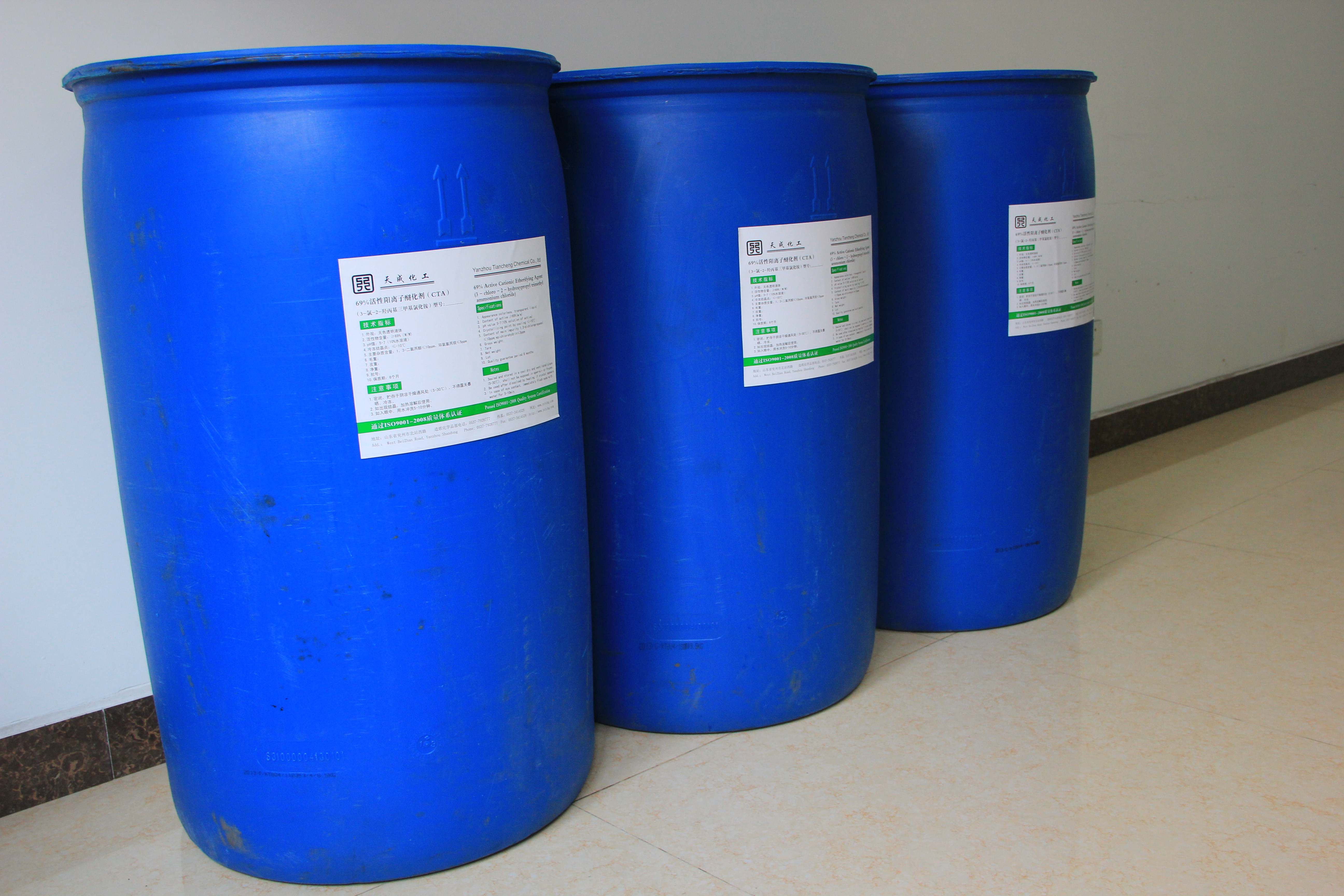Microbial agents are useless? That is what you won’t use
In the past 100 years, agricultural fertilizers have gone from traditional farmyard manure to chemical fertilizers. In recent years, they have begun to propose a return to organic fertilizers, and organic fertilizers have begun to be more and more finely divided. Human excrement, animal excrement, straw decomposed manure, Animal carcass fertilizer, biological bacteria organic fertilizer, humic acid organic fertilizer, amino acid organic fertilizer and many more. Today, let's talk about the organic fertilizer-bio-organic fertilizer added with biological bacteria. What is the role?
The role of microbial agents is mainly related to the source and effectiveness of nutrients, or to the absorption of nutrients, water and disease by crops. The main aspects are as follows:
1. Increase soil fertility
Increasing soil fertility is the main effect of biobacteria. For example, various nitrogen-fixing bacteria in the soil can increase nitrogen in the soil. There are many microorganisms decomposing phosphorus and potassium in the soil, which can dissolve the insoluble phosphorus and potassium in the soil and transform it into phosphorus that can be absorbed and utilized by plants. Potassium element. Other microorganisms can produce a large amount of polysaccharides, accounting for about one-thousandth of the soil organic matter, which can improve soil aggregate structure, enhance soil physical properties and protect plant roots from pathogenic microorganisms and soil aggregate structure.
2. Manufacture and collaborate crops to absorb nutrients and prevent plant diseases
Bacillus subtilis uses relatively mature microbial strains in China. Bacillus subtilis can metabolize and secrete bacteriocin (subtilin, polymyxin, nystatin, etc.), lipopeptide compounds, organic acids and the like during growth. These metabolites can effectively inhibit the growth of the original bacteria or dissolve the pathogenic bacteria, so as to kill the bacteria and high resistance to heavy mites. The enzymes secreted by the enzymes have a strong inhibitory effect on a variety of plant pathogenic bacteria; and through the competition of space and nutrients, the competitive inhibition of pathogenic bacteria is achieved. It can grow along with the mycelium of the pathogen, decompose and consume the pathogenic bacteria, and the hyphae of the pathogenic bacteria break, and the pathogenic bacteria can further infect the plants. It can also be used to control plant diseases such as wheat powdery mildew, rice blast, scab, sheath blight, carbon plague, cucumber downy mildew, tomato bacterial wilt, gray mold and so on.
3. Increase plant resistance to disease and drought
Some microbial strains, after inoculation in the roots of plants, become the majority of the roots of the plant, so that their growth will affect the growth of pathogenic microorganisms such as other pathogens, thereby reducing the disease. In addition to absorbing mineral elements that are easy to plant, hyphae of mycorrhiza can also promote the absorption of water and improve the drought resistance of plants.
4. In addition to the above direct effects, there are some indirect effects. For example, energy conservation and production costs are reduced; there is also a small amount of use, and it does not itself have a toxic effect on crops, nor does it pollute the environment.
5 Conclusion
Biobacteria is a new form of fertilizer. It is generally added to the organic fertilizer to form a form of bio-organic fertilizer. There are also forms of direct sales of biological microbial agents. In short, no matter what kind of biological microbial agents are beneficial to the growth of crops!
More pesticide knowledge , please pay attention to China Pesticide Network
Active Ingredient: Quaternary ammonium salt cationic surfactant
Chemical Name: Formaldehyde-free Fixing Agent
Chemical Family: PolyDADMAC
CAS No.: 26062-79-3
1.Formaldehyde-free Fixing Agent
2.Has no free formaldehyde,no peculiar smell,no irritation to skin, accord to eco request
[Description]:
Formaldehyde-free Fixative Color Fixing Agent is belongs to polymerization polyDADMAC, a cationic polymer. It can make up of macromolecular compound with dye, then achieve to improve soaping and rub fastness of fabrics. It can be used for color fixing for dyeing and printing of reactive dyed fabrics as cotton, linen, silk, and direct dyed fabrics.
[Specification]:
Appearance: Brownish yellow viscous liquid
Ionic character: Cationic
PH Value: 5-8 (1% aqueous solution)
Dissolution: Dissolve in cold water easily.
Composition: Special polymer compound
[Dilution Method]:
With 4-6 times the water and stir to dissolve dilution.
[Direction for Usage]:(To dilute finished product as an example)
A. Padding Process: 5-20g/L, temperature 40°C-60°C, PH Value:5-8, One-dip-one-nip or Double-dip-double-nip.
B. Dipping process: 1-4% (O.W.F), Room temperature 40°C-60°C, PH Value:5-8, bath ratio:1:8-12,Time: 20-30 min.
[Properties]:
1. Concentrated Formaldehyde-free Fixative Fixing Agent has good color fixing property, can obviously improve the dyeing or printing of fabric soaping, washing fastness and wet rubbing fastness.
2. Can be used for much of the association between dye fixation, anti fading property, does not affect the dyeing or printing of fabric vividness. No effect for the original feel, processing fabric has excellent hydrophilic.
3. Formaldehyde-free Fixative widely used for dyeing or printing of the direct, active dye fixing finishing, good fixation effect, especially for the red dye and Cuilan dyes, particularly prominent, fixation is better than the general Formaldehyde-free Fixative.
4. The dye PH value for a wide range, acid, alkali resistance, resistance to hard water, high temperature resistance, an environment-friendly products, does not contain formaldehyde.
|
Specifications: |
|
| Appearance: | Colorless, Transparent Colloid |
| Viscosity: | 100cps-80000cps |
| Solid Content: | 40%min. |
| PH (30% solution): |
3 - 7 |
| Ionic Nature: |
Cationic |
| Specific Gravity: | About 1.1 |
|
Package and Storage:
|

Fixative (Dye-Fixing Agent)
Fixative,Dye-Fixing Agent,Organic Dye-Fixing Agent,Reactive Dye-Fixing Agent
Shandong Tiancheng Chemical Co., Ltd. , https://www.tianchengchemical.com